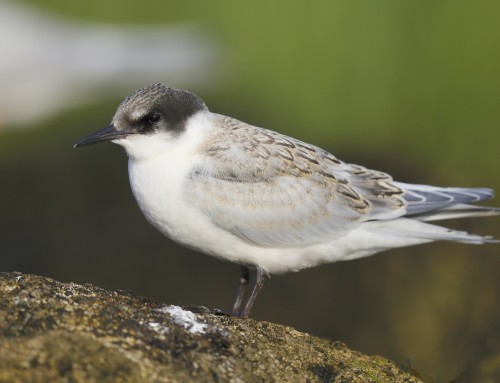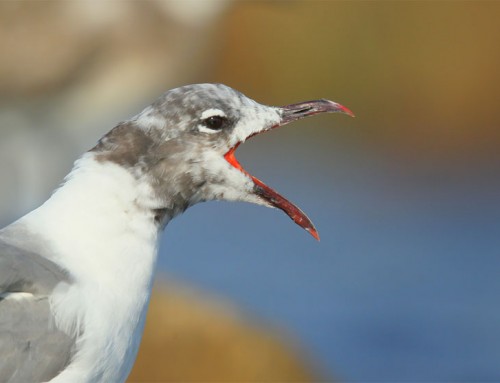Aril 26, 2024: The Thick-billed Murre is a medium-sized seabird. They migrate northward in spring, using celestial and magnetic cues. They feed on fish and rest along the way. After arriving in the Arctic, they return to established breeding colonies. This recent Murre sighting in Quissett Harbor is a very rare occurrence.
First-year thick-billed murres, like many other seabirds, undergo a remarkable journey during their migration back to their breeding grounds. Thick-billed murres typically breed in the Arctic regions, often on cliffs or rocky islands near the coast. Here’s what typically happens during their migration:
1. Timing: Migration timing can vary depending on factors like weather conditions and food availability, but generally, thick-billed murres start their migration northward in the spring, as the breeding season approaches.
2. Navigational Instincts: Despite being young and inexperienced, first-year murres possess remarkable navigational instincts. They use various cues such as the Earth’s magnetic field, celestial landmarks, and possibly even olfactory cues to guide them on their journey.
3. Feeding: During migration, thick-billed murres feed opportunistically along the way. They primarily feed on fish, especially small schooling species like capelin, herring, and sand lance, as well as invertebrates like krill.
4. Resting: Thick-billed murres might stop to rest and refuel at suitable locations along their migration route. These stops could include areas with abundant food or safe resting spots away from predators.
5. Challenges: Migration presents various challenges for young murres, including avoiding predators, adverse weather conditions, and finding suitable resting and feeding grounds. Some individuals may not survive the journey due to predation, exhaustion, or other factors.
6. Arrival at Breeding Grounds: Eventually, first-year thick-billed murres arrive at their breeding grounds in the Arctic. Once there, they will join the breeding colonies and begin the process of finding mates, building nests (if they are males), or selecting nest sites (if they are females).
Overall, the migration of first-year thick-billed murres is a remarkable feat that showcases their adaptability and resilience as they navigate the challenges of long-distance travel to return to their breeding grounds.






Leave A Comment
You must be logged in to post a comment.